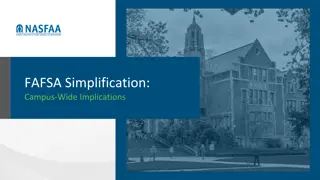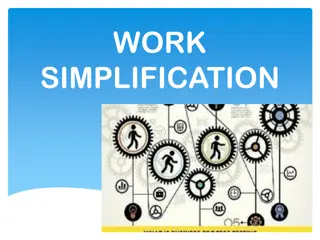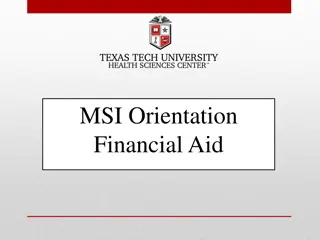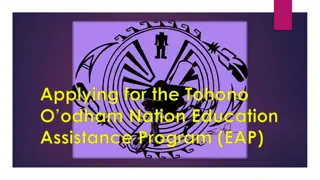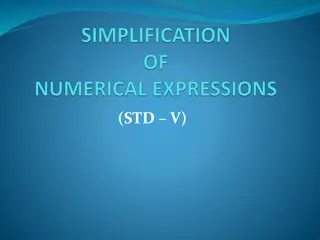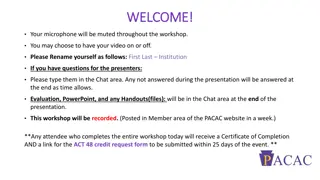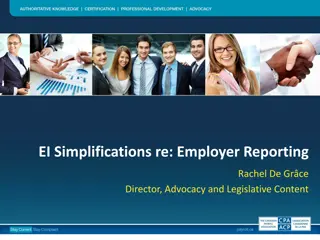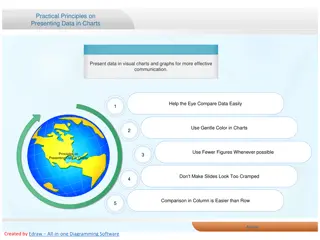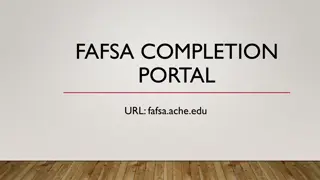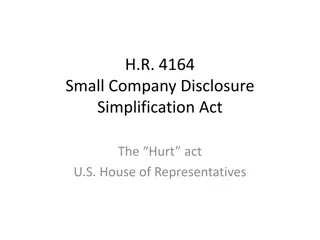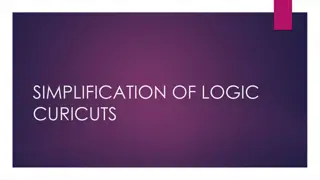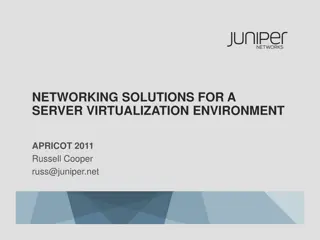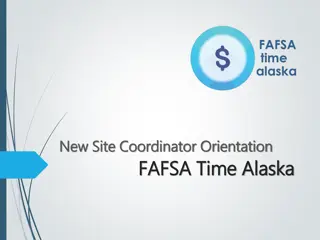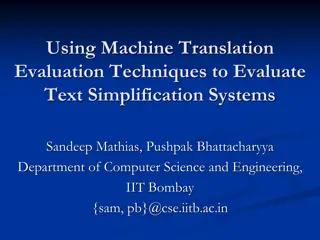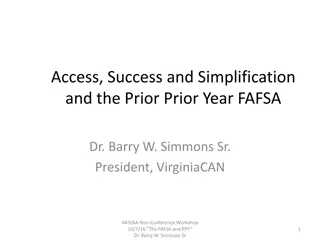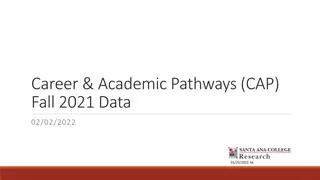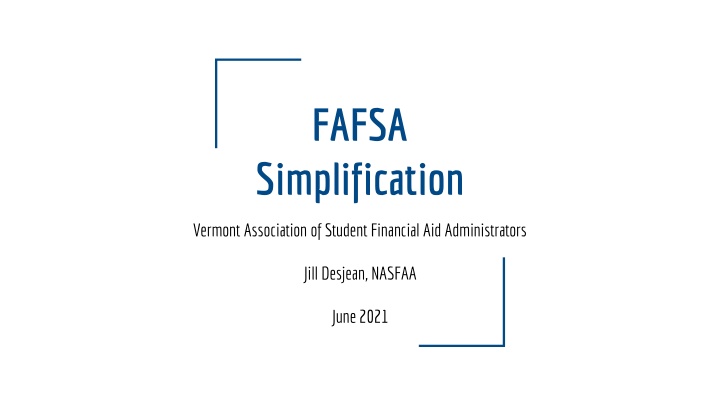
FAFSA Simplification Progress and Impacts Explained
Explore the advancements in FAFSA simplification, including changes to the application process, provisions like direct data sharing between IRS and ED, and impacts on students and campuses. Discover key updates like fewer untaxed income items factored into the formula, changes in reporting parent information, and more.
Download Presentation

Please find below an Image/Link to download the presentation.
The content on the website is provided AS IS for your information and personal use only. It may not be sold, licensed, or shared on other websites without obtaining consent from the author. If you encounter any issues during the download, it is possible that the publisher has removed the file from their server.
You are allowed to download the files provided on this website for personal or commercial use, subject to the condition that they are used lawfully. All files are the property of their respective owners.
The content on the website is provided AS IS for your information and personal use only. It may not be sold, licensed, or shared on other websites without obtaining consent from the author.
E N D
Presentation Transcript
FAFSA Simplification Vermont Association of Student Financial Aid Administrators Jill Desjean, NASFAA June 2021
Agenda FUTURE Act FAFSA Simplification Provisions Verification FAFSA Simplification Implementation FAFSA Simplification Impacts on Your Campus 2
Progress on FAFSA Simplification: Future Act FUTURE Act December 2019 Allows for direct cross-agency data sharing between IRS and ED, and will: Transfer all items currently brought over from the DRT and applicants filing status. Eliminate up to 22 questions from the FAFSA. Allow students currently unable to use the DRT, including both non-tax- filers and tax filers of all filing statuses, to experience a simpler FAFSA process. Address verification burden Permit sharing of taxpayer information between ED and IRS for the purpose of determining eligibility for income-driven repayment plans. 3
Progress on FAFSA Simplification: Skinny HEA The omnibus bill passed on December 21st, incorporated elements of Sen. Alexander s previous FAFSA simplification legislation The large majority of changes in this bill will not go into effect until the 2023 24 award year 4
Skinny HEA Provisions FAFSA Simplification Need Analysis/Pell Grant Eligibility Drug Convictions & Selective Service Registration SULA Pell for Incarcerated Students Professional Judgment Cost of Attendance 5
FAFSA Simplification Fewer untaxed income items factored into FM formula Child support received now reported with assets No asset questions for: MTB recipients AGI < $60K and no lettered tax schedules AGI < $60K and only Schedule C, provided Schedule C gain/loss < $10K 6
FAFSA Simplification Change to who is reported as parent in cases of divorce/separation Financial support vs. living arrangements Change to treatment of number in college No more split Change to how household members are determined IRS rules 7
FAFSA Simplification Higher IPAs Based only on family size Elimination of state/other tax income exclusion Elimination of small business/family farm asset exclusion 8
Need Analysis & Pell Grant Eligibility Expected Family Contribution (EFC) will become the Student Aid Index (SAI) SAI can be as low as -$1,500 Opportunity for aid > COA SAI determines eligibility for all Title IV aid except maximum and minimum Pell grant awards. 9
Maximum Pell Grant Eligibility Non-Filers Independent student (and spouse, if applicable) tax non-filers Dependent children of nonfiling parent(s) Children of certain deceased veterans and public safety officers Students under age 33 whose parent died serving in the armed forces after Sept. 11, 2001 Students under age 33 whose parent died in the line of duty as a public safety officer Low income students: Independent students who are single parents and whose student AGI is below 225% of the poverty level Dependent children of a single parent whose parent AGI is below 225% of the poverty level Independent students who are not single parents whose student AGI is below 175% of the poverty level Dependent students with parents who are not single parents whose parent AGI is below 175% of the poverty level 10
Higher Ed Provisions Drug Convictions & Selective Service Subsidized Usage Limit Applies (SULA) Pell for Incarcerated Students Eliminates the suspension of federal student aid eligibility for applicants with drug-related convictions Removes Selective Service registration eligibility requirement Questions on drug convictions and Selective Service eligibility would be removed from the FAFSA. Option for early implementation Repeals the SULA requirement, which currently bars students from receiving subsidized Direct Loans for more than 150% of the published length of their program. Requires ED to implement the repeal by July 1, 2023 at the latest but allows for early implementation by ED. Option for early implementation Restores Pell Grant eligibility for incarcerated individuals who are currently prohibited from accessing Pell Grants Proprietary institutions would not be eligible to award or receive Pell Grants on behalf of incarcerated students Option for early implementation 12
FAFSA Simplification Impacts on Verification ED Verification selection rates currently around 22% Data retrieved from IRS doesn t need to be verified More data retrieved for more applicants from IRS = lower verification burden 13
FAFSA Simplification Implementation ED forced to shift gears from FUTURE Act Implementation to FAFSA Simplification No updates as to ED s progress as of now NASFAA ongoing implementation task force will advise ED as needed 14
FAFSA Simplification Impacts on Your Campus FM formula changes and institutional aid Grandfathering institutional aid Negative SAI PJ Lower verification burden= more time for counseling students, outreach, etc. 15
Questions? 16

